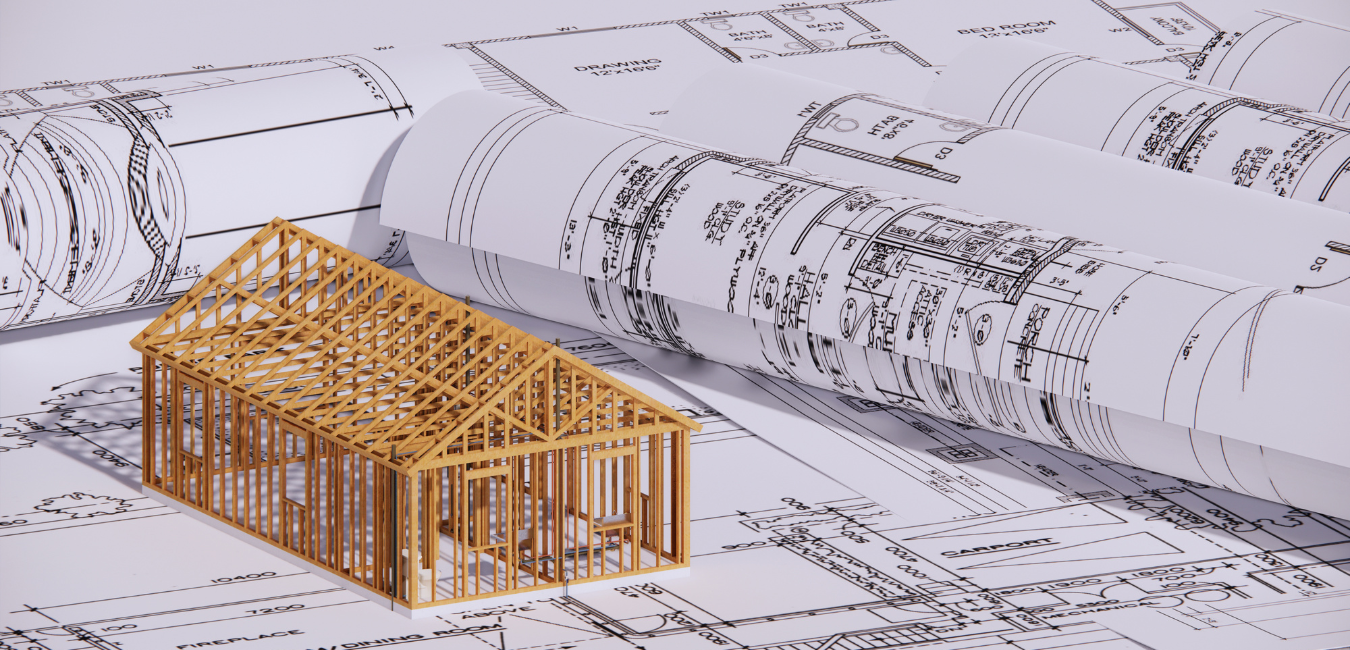Understanding the Collaborative Process Between Architects and Engineers in Modern Building And Construction Projects
The collaborative process between engineers and engineers is crucial in modern building and construction jobs, as it integrates layout intent with design usefulness. This partnership not only affects the visual and useful facets of a job but likewise plays a vital function in dealing with sustainability challenges. By using efficient interaction methods and leveraging sophisticated innovations, such as Structure Details Modeling (BIM), groups can work more cohesively. However, the complexities of this cooperation usually existing one-of-a-kind challenges that can impede progress. Checking out these dynamics reveals insights that might substantially affect task outcomes and general sector standards.
The Relevance of Cooperation
The collaborative harmony between designers and engineers is necessary for the successful understanding of any kind of building job. This partnership unites distinctive knowledge and point of views, enabling the integration of cutting-edge style with sensible design services. By collaborating, designers and engineers can make certain that a project not only satisfies visual and practical requirements but additionally sticks to security, sustainability, and budgetary constraints.
Collaboration promotes a common vision, facilitating the alignment of goals and expectations from the beginning. This alignment is important in resolving possible difficulties and mitigating risks that can develop throughout the project lifecycle. Moreover, a joint approach enables the efficient allocation of resources, maximizing both time and cost.
The significance of cooperation includes the repetitive procedure of layout and building, where responses from designers can educate architectural decisions, causing more possible and lasting layouts. Alternatively, engineers can motivate designers to think artistically concerning how to attain structural honesty without jeopardizing creative intent. Ultimately, the joint partnership between designers and engineers is not simply advantageous; it is essential to the creation of high-grade, practical, and cutting-edge constructed environments that meet the demands of society.
Interaction Methods and Devices
Effective interaction methods and devices are essential for promoting collaboration in between designers and engineers throughout the job lifecycle. Establishing clear channels of communication is vital to make sure that all staff member are lined up with task objectives, timelines, and obligations. Normal meetings, both in-person and online, supply possibilities for stakeholders to discuss development, address problems, and make informed choices.
Making use of project management software application, such as BIM (Building Details Modeling) systems, boosts collaboration by allowing real-time sharing of style alterations and technological requirements. These devices assist in transparency, enabling designers and engineers to imagine changes and analyze their influence on the general job.

Shared Goals and Job Vision

Establishing shared objectives entails open dialogue and an extensive understanding of each technique's contributions. Designers typically focus on layout intent, spatial partnerships, and customer experience, while engineers stress architectural integrity, systems capability, and conformity with regulations (cda architects). When these viewpoints are lined up, the outcome is a cohesive job that complies with both imaginative aspirations and technological usefulness
Moreover, a distinct project vision fosters liability amongst team members, urging each individual to take ownership of their function in accomplishing the wanted result. Routine check-ins and collaborative workshops can further strengthen this dedication, enabling modifications to be made as the task progresses. Inevitably, a common vision not just improves team effort yet additionally elevates the quality of the last deliverable, leading to successful task conclusion.
The Role of Innovation
Leveraging modern technology has actually site link come to be important in improving partnership in between designers and designers. Structure Info Modeling (BIM) stands out as a critical modern technology, permitting both engineers and designers to create thorough 3D models that encapsulate style intent and architectural honesty.
Moreover, cloud-based platforms allow seamless partnership, permitting task stakeholders to accessibility and update project data from anywhere. This fosters a culture of transparency and accountability, as modifications can be tracked and examined in real-time. Furthermore, mobile applications additional improve interaction, supplying on-site groups with instant accessibility to job specs and updates.
Emerging innovations such as synthetic intelligence and device knowing check this are likewise beginning to play a role in predictive evaluation, aiding groups determine prospective issues before they arise. Inevitably, the duty of innovation in architecture-engineering partnership not only enhances process effectiveness but additionally boosts advancement, causing more effective task results. By embracing these technical innovations, engineers and engineers can ensure an extra cohesive and productive joint process throughout the construction lifecycle.
Study in Successful Collaborations
Various study show the profound influence of effective collaborations between engineers and engineers on project results. One notable instance is the collaboration on the High Line in New York City City, where landscape designers, designers, and metropolitan organizers interacted to change a deserted rail line right into a dynamic public park. This multidisciplinary strategy not only boosted the aesthetic top quality but likewise ensured architectural safety and environmental sustainability.
An additional exemplary instance is the design and building and construction of the Sydney Music Hall. The collaboration in between architect JÃ ¸ registered nurse Utzon and architectural engineer Ove Arup exhibited innovative analytical. Their cooperation permitted the famous shell-like layout while dealing with complex design obstacles, ultimately bring about an ageless building masterpiece.
The Burj Khalifa in Dubai further shows the relevance of collective efforts. cda architects. The integration of design and design knowledge allowed the task group to achieve unprecedented heights while adhering to security laws and visual vision
These instances underscore the importance of communication, count on, and shared goals. In today's complicated building and construction setting, such collaborations are essential to navigating challenges and delivering projects that meet both functional and visionary goals.
Conclusion
In final thought, the collaboration in between engineers and engineers is important for the success of modern construction tasks. Efficient communication strategies, a shared project vision, and the assimilation of sophisticated innovations are critical components that promote this partnership.